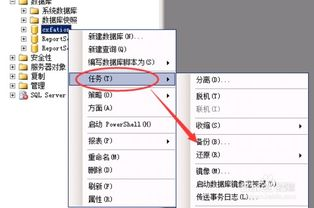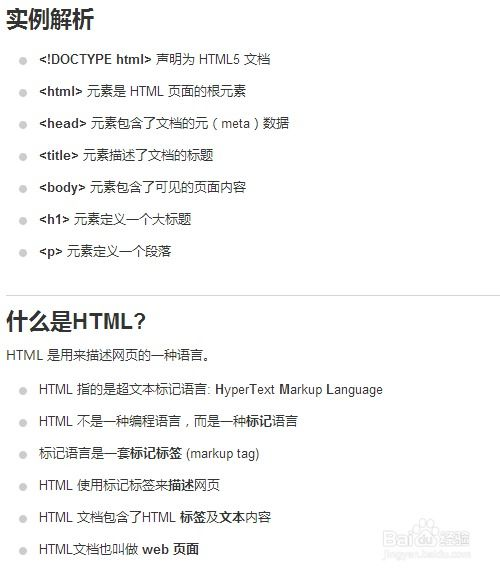ASP.NET Server Control Values, Understanding and Managing
Introduction to ASP.NET Server Controls
ASP.NET server controls are powerful elements of the ASP.NET framework that enable developers to create dynamic web applications with ease. These controls run on the server and can generate HTML markup that is sent to the client's browser. They allow developers to handle user inputs, display data, and respond to events compactly. Understanding how to access and manipulate the values of these server controls is essential for effectively creating interactive web applications.
Types of ASP.NET Server Controls
There are two main categories of ASP.NET server controls: the Web Form controls (such as TextBox, Button, DropDownList) and the HTML controls (like HtmlInputText and HtmlButton). Each control type offers different functionalities and ways to manage their values. For instance, the TextBox control allows users to enter text, while the DropDownList presents a selection of options.
When using these controls, it is crucial to understand how to retrieve their values on the server side after a postback. This allows for data processing and validation before proceeding with any application logic.
Managing Values in ASP.NET Server Controls
To manage values in ASP.NET server controls, developers often use the properties of these controls. For example, to access the value of a TextBox, one would simply reference the Text property:
string userInput = myTextBox.Text;
This code snippet retrieves the text input by the user in the TextBox control `myTextBox`. When dealing with DropDownList, the value can be accessed through the SelectedValue property:
string selectedValue = myDropDownList.SelectedValue;
Managing the values also involves setting initial states for controls based on business logic. For example, binding data to a DropDownList or pre-filling a TextBox can enhance user experience and streamline interactions.
Event Handling and Value Retrieval
ASP.NET provides a thorough event handling mechanism that allows developers to respond to user actions efficiently. When a user submits data through a form containing various server controls, an event is triggered that can be managed in the code-behind file.
For instance, in the Button Click event, you can capture and process the values from multiple controls:
protected void myButton_Click(object sender, EventArgs e) {
string userInput = myTextBox.Text;
string selectedValue = myDropDownList.SelectedValue;
// Additional logic to handle the values
}
This allows you to utilize and validate the input data before proceeding to interact with databases or display results back to the user.
In summary, the management of values within ASP.NET server controls is vital for the successful development of dynamic web applications. Understanding the different types of server controls, methods for retrieving and managing their values, and the event handling mechanisms are crucial aspects of creating responsive user interfaces.





